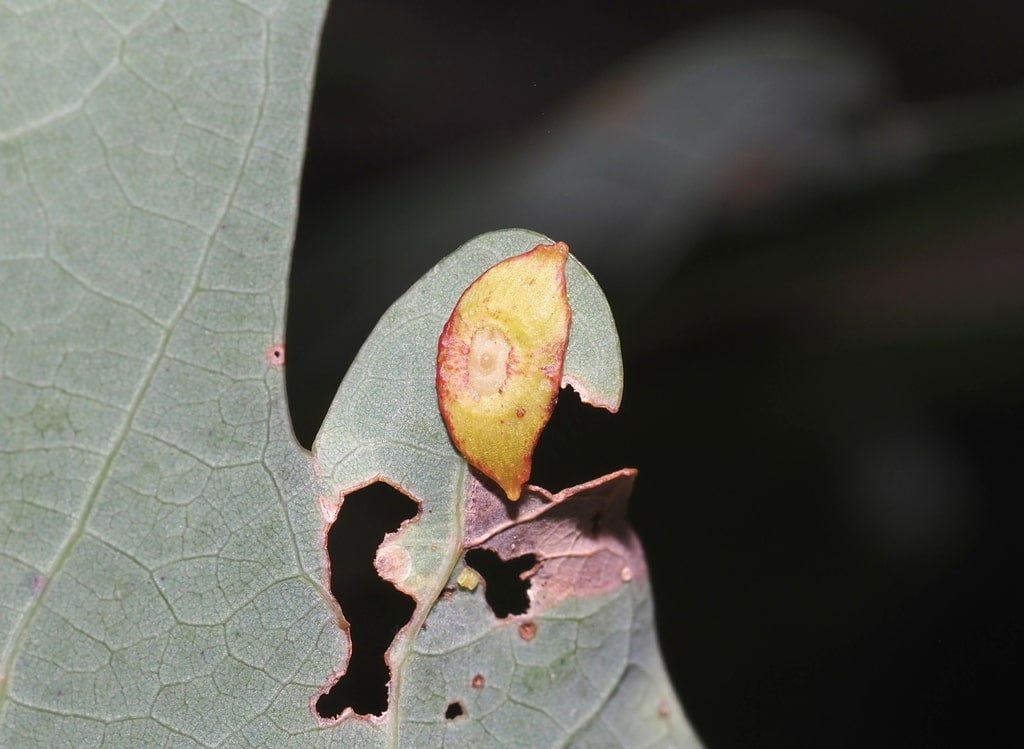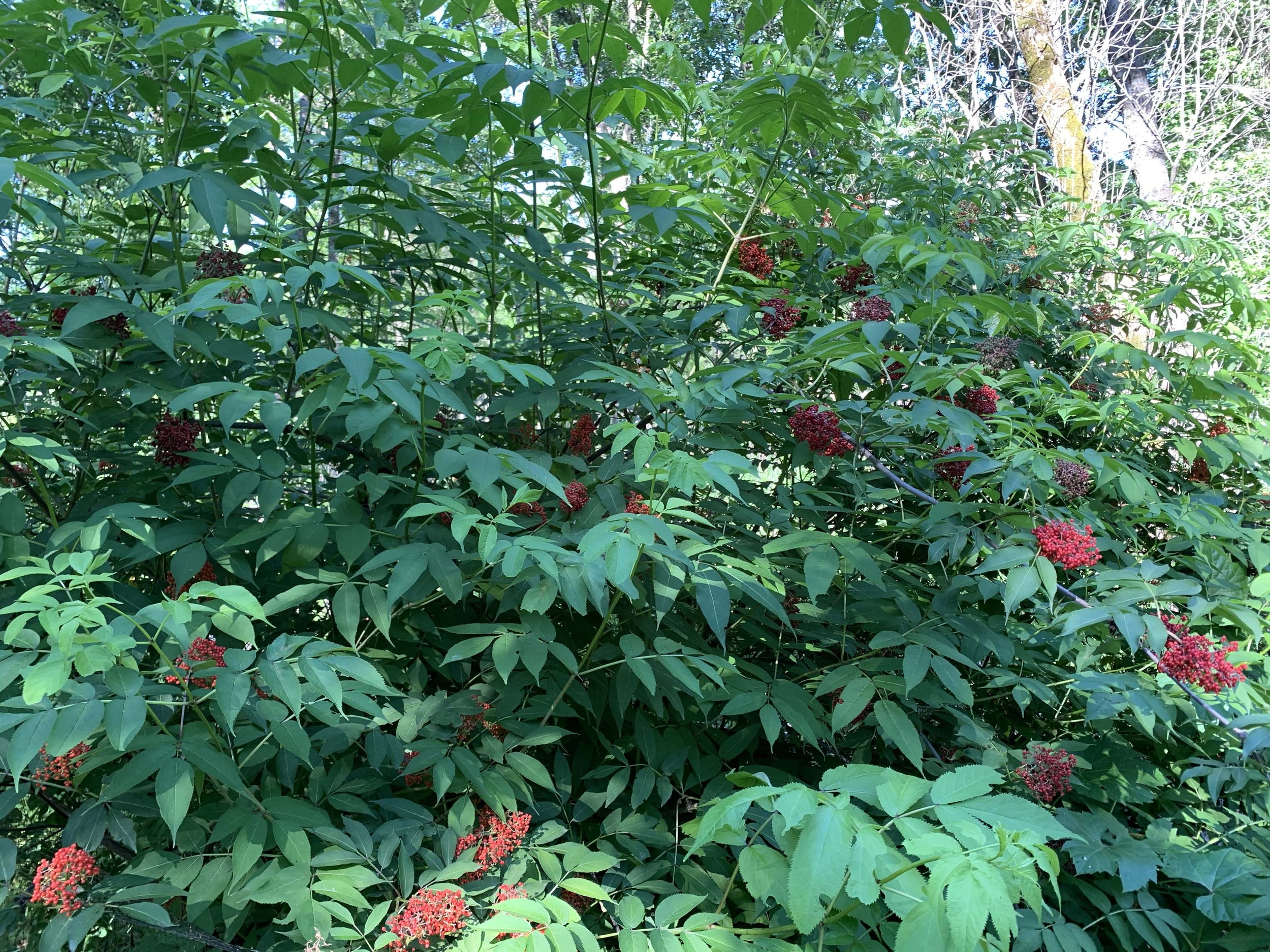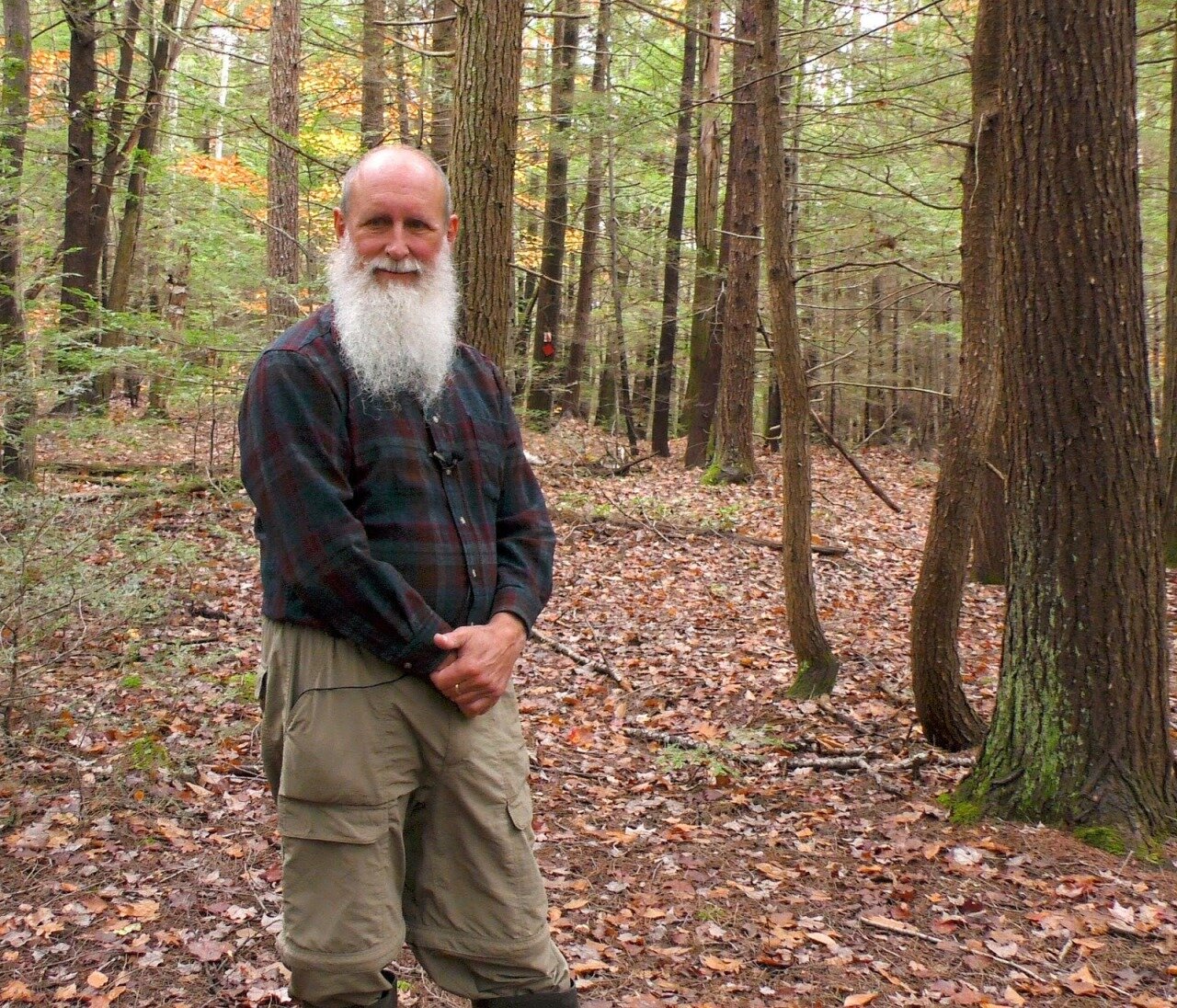
A show about relationships with the land
There are many ways to listen to the show: Listen live on CFRU 93.3 fm broadcasting from the University of Guelph Mondays at 6pm EST or listen to the podcast via Spotify, Apple, or just follow the rss feed.

Ep. 247 : What is a Forest?
Every year I get the privilege of co-leading a spiritual retreat weekend. This year on the Friday night my talk was called “What is a Forest : Of exclusion and of Community”.
This wasn’t a talk about a particular ecosystem necessarily. Instead it was an exploration of the shady history of the word and concept of “forest”, the place where royalty and gentry removed the people to keep exclusive regal hunting grounds for them and their noble guests. It meant the expulsion of peoples, and the emergence of the enclosure movement and plausible contribution to the witch hunts across Europe. “The forest” is not neutral territory. It is a contested zone.

Ep. 195 : Gallformers.org
Gallformers.org has been referred to me by a few friends over the past few months as they helped me to identify some unknown galls I have found in the field. I have written about galls on this website many times as well, usually having to refer back to gallformers.org finally figure out who made them.
My appreciation and curiosity surrounding galls and their ecologies could just go nowhere if I didn’t have tools and resources to help me find answers to my curiosities, but because of Adam and Jeff at gallformers.org I have been able to keep going down the gall makers emergence hole and am consistently learning so much as I go.

Ep. 181 : Buckthorn Phenology and Possible Management Strategies with Mike J. Schuster
I have seen and been part of a lot of Buckthorn (Rhamnus cathartica) removal efforts, and while initially hopeful, often there is a inevitable return of the non-native to once again take over the forest understory in short time. What if there were strategies, without herbicides or biocontrols to reduce or prevent the likeliness of Buckthorn’s recolonization?
Mike J. Schuster from the Department of Forest Resources at the University of Minnesota recently co-authored a paper looking into native phenological competitors to Buckthorn which can be planted after Buckthorn removal to help keep R. cathartica out. Luckily for me, one of the suggestions was a (fairly simple) practice I have been learning about and working on for the past 5 years! Plant more Elderberry! Sambucus canadensis and perhaps even more so S. racemosa can help block out the light essential to early Buckthorn growth. By planting these two shrubs , who have similar phenological timelines to the Buckthorn, we can help restore native biodiversity in forests experiencing Buckthorn invasions.

Interview with Tom Wessels, Terrestrial Ecologist (from the archives)
Interview with author, educator, terrestrial ecologist and inspiration, Tom Wessels.
Tom has written extensively on “forest forensics” and what I call “landscape tracking”, learning to read the signs of the forest to identify the ecological history and disturbance events which have affected that landscape. We talk about his books, ways we can imagine the future based on models of organization seen in nature, his ecological knowledge. Well worth the listen.
This interview was originally broadcast November 18, 2019.

Other platforms where you can listen to the show :
As well as : Pocket casts : RadioPublic : ListenNotes : Podcast Republic


